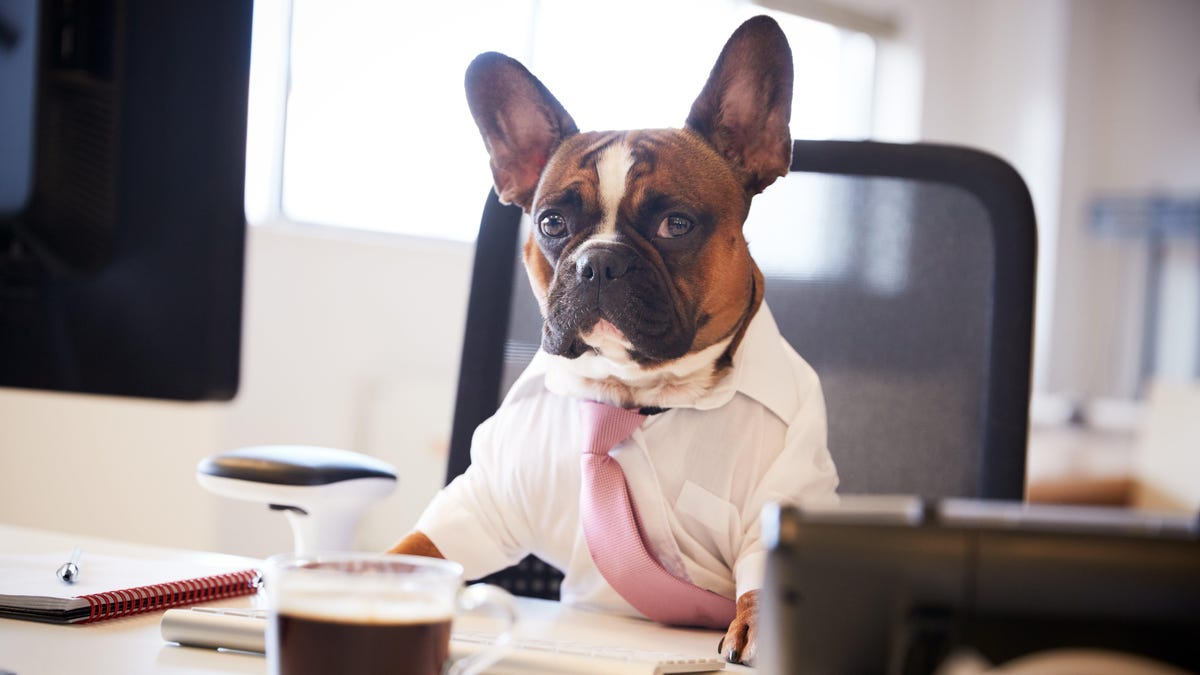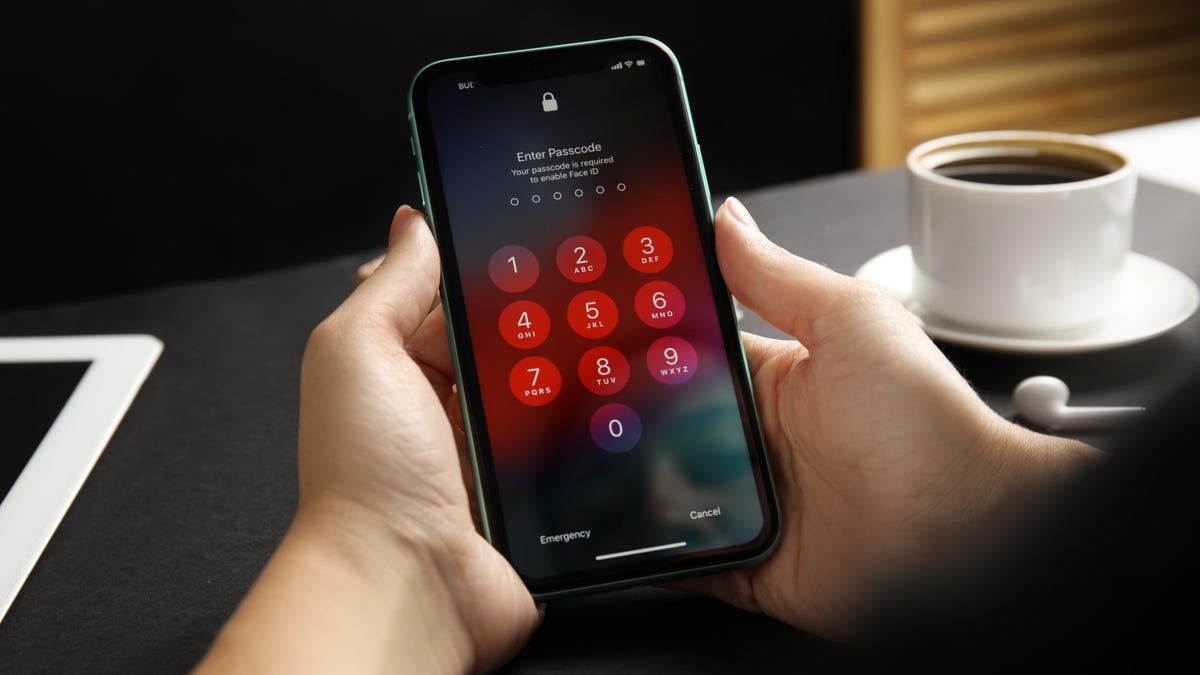How to Bring Your Dog to Work Without Being a Jerk
June 24 happens to be National Bring Your Dog to Work Day, but lots of people take their pooches into the office or other professional space a lot more often than once a year—usually to the delight of their...


Photo: Monkey Business Images (Shutterstock)
June 24 happens to be National Bring Your Dog to Work Day, but lots of people take their pooches into the office or other professional space a lot more often than once a year—usually to the delight of their colleagues. It’s great for the dogs, who don’t have to stay at home anxiously awaiting their beloved person’s return, and it can be really fun for employees, too—but the act of bringing a pup into a workspace still requires some planning to get right.
Make sure your dog is trained and ready to be around strangers
Per Chewy, there are some basic commands your dog should master before you take them into your office, but the good news is that these are the ones you’ve probably already worked on with them. Your fur baby should know these commands before entering the workplace:
SitStay ComeGo to [place]Leave itYour dog should also be crate trained or at least accustomed to gates, since you will still have to actually work and won’t be able to be with them every second. Chewy recommends getting a treat-dispensing toy to make this a little easier for them to cope with.
Do not let your dog run around the office unsupervised. They could bother people, make a mess, get lost, or get into something dangerous. If your dog is not familiar with “sit” and “stay,” or has problems staying near you, they’re not ready for this adventure.
Make sure your colleagues are cool with your dog’s presence
Ask the people who work around you if they’re good with you bringing in your dog. This is not one of those times when “it’s easier to ask forgiveness than permission” will work if, say, someone is deathly allergic to or deathly afraid of dogs, or if they simply don’t want to work with that kind of distraction running around. You might save money on a dog sitter or enjoy showing off your pet, but is an HR writeup worth it?
Speaking of HR, check in with that department or with your boss to make sure you’re even allowed to bring Fluffy in with you. Plenty of offices do allow it, but there could be a rule in place—either in your company or the building it occupies—that prevents it.
Also, remember: You won’t be allowed to bring your animal in again if they cause disruptions or upset anyone, and you might actually get in trouble. So make sure you’ve done your homework beforehand.
Pack the right supplies
In addition to that treat-dispensing toy mentioned above, you’ll need to pack quite a bit of stuff for your dog if you expect them to spend eight or more hours hanging out in an office without causing a disruption. Here’s what you’ll need:
A crate or other way to transport them in, and/or in which they can hang out when you’re not giving them head skriches under your deskA leash for when they need a potty breakA water bowlA food bowl (and food)TreatsA comfy blanket for nap timePlenty of toys—though not the noisy onesA wee pad, just in casePrepare for this not to be a regular work day
People will probably stop by to see your dog, and news of the furry visitor will travel far and wide, so prepare for intermittent interruptions to your productivity. You also need to take your dog out for potty breaks pretty frequently, not only for their comfort, but to avoid the horror—and repercussions—of them doing their business in the office. Plan for that, and if you don’t think you’ll have time for numerous interruptions on a given day, don’t bring your dog in. It’s not fair to them or to your coworkers.
The dog experts at Rover suggest heading to a conference room for some solo time if your dog is being overly disruptive, and taking them for a long walk at lunch to tire them out. They also suggest designating one of your coworkers the “point person” for secondary care of the dog at times when you need to work, step out for a meeting, or just take a break. Make sure you and that person agree you’ll share some of the responsibility before you bring the dog in.
Ultimately, while it can be fun and rewarding to have your pet nearby during the workday, it is a privilege (and a responsibility) you shouldn’t take lightly. As Mars Petcare points out, it’s on you to ensure your dog’s safety, and that of your coworkers—and that includes making sure they don’t impede anyone else’s ability to actually do their work. If you don’t think you (or your dog) are quite ready for that, don’t pack your pooch.

 KickT
KickT 






























.jpg&h=630&w=1200&q=100&v=6e07dc5773&c=1)

